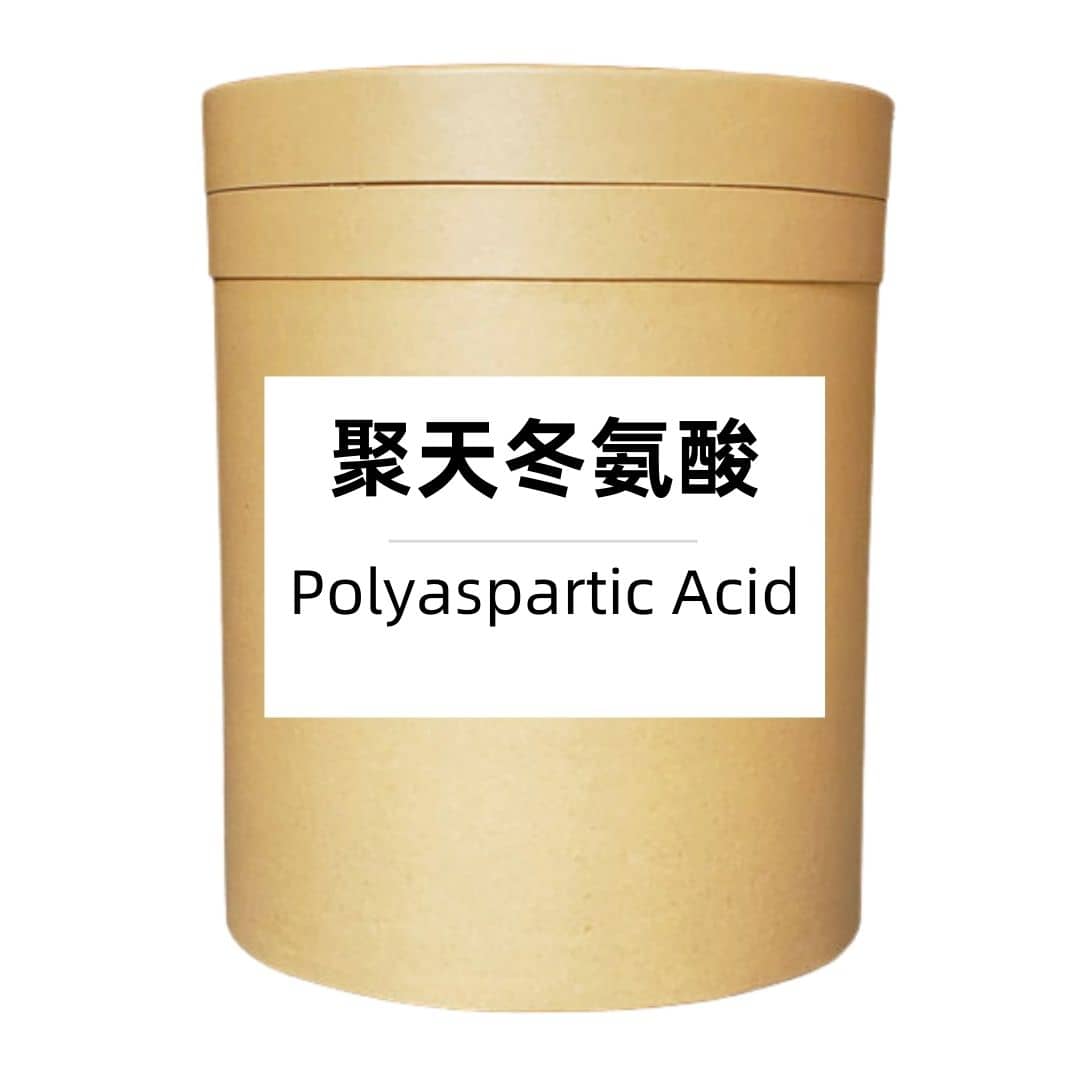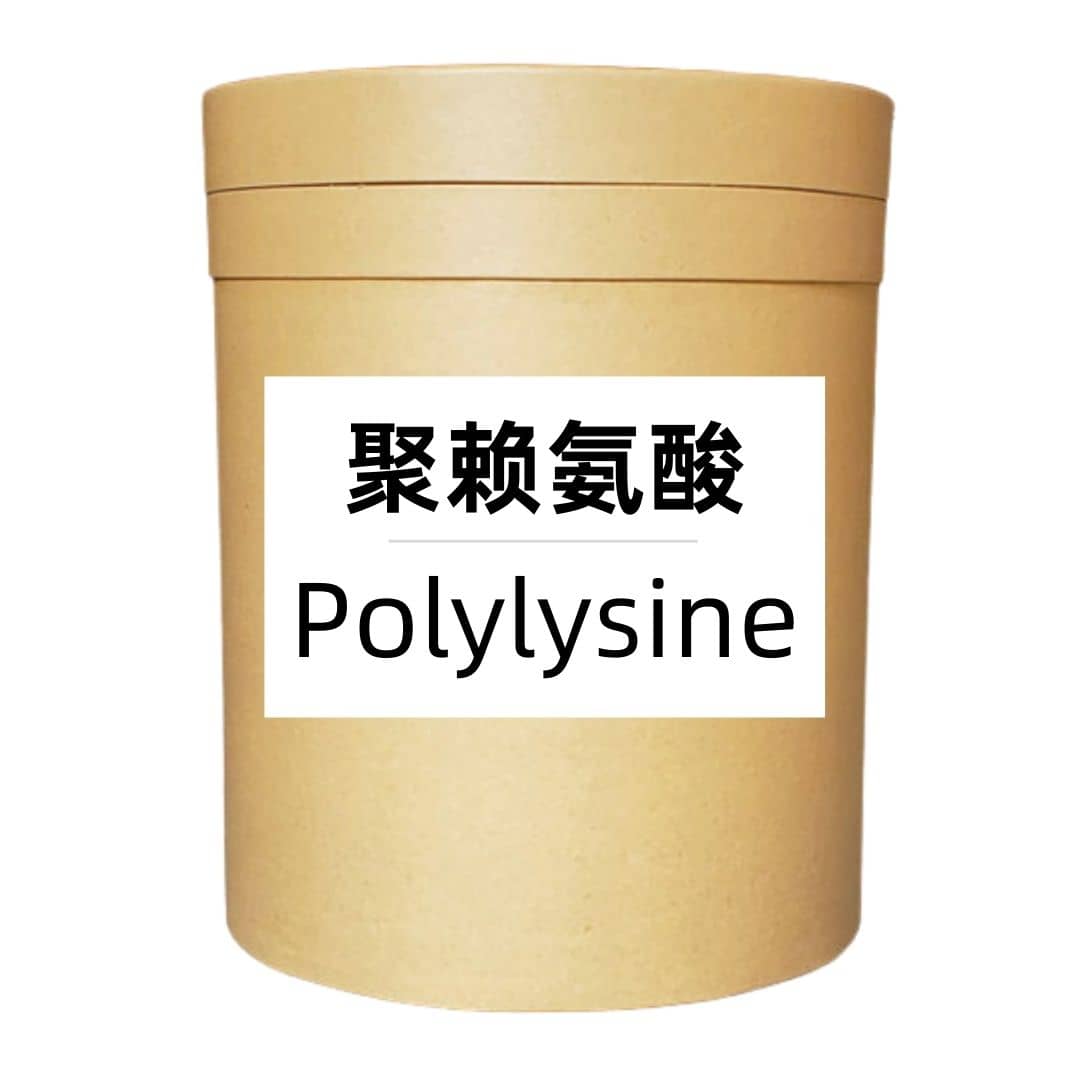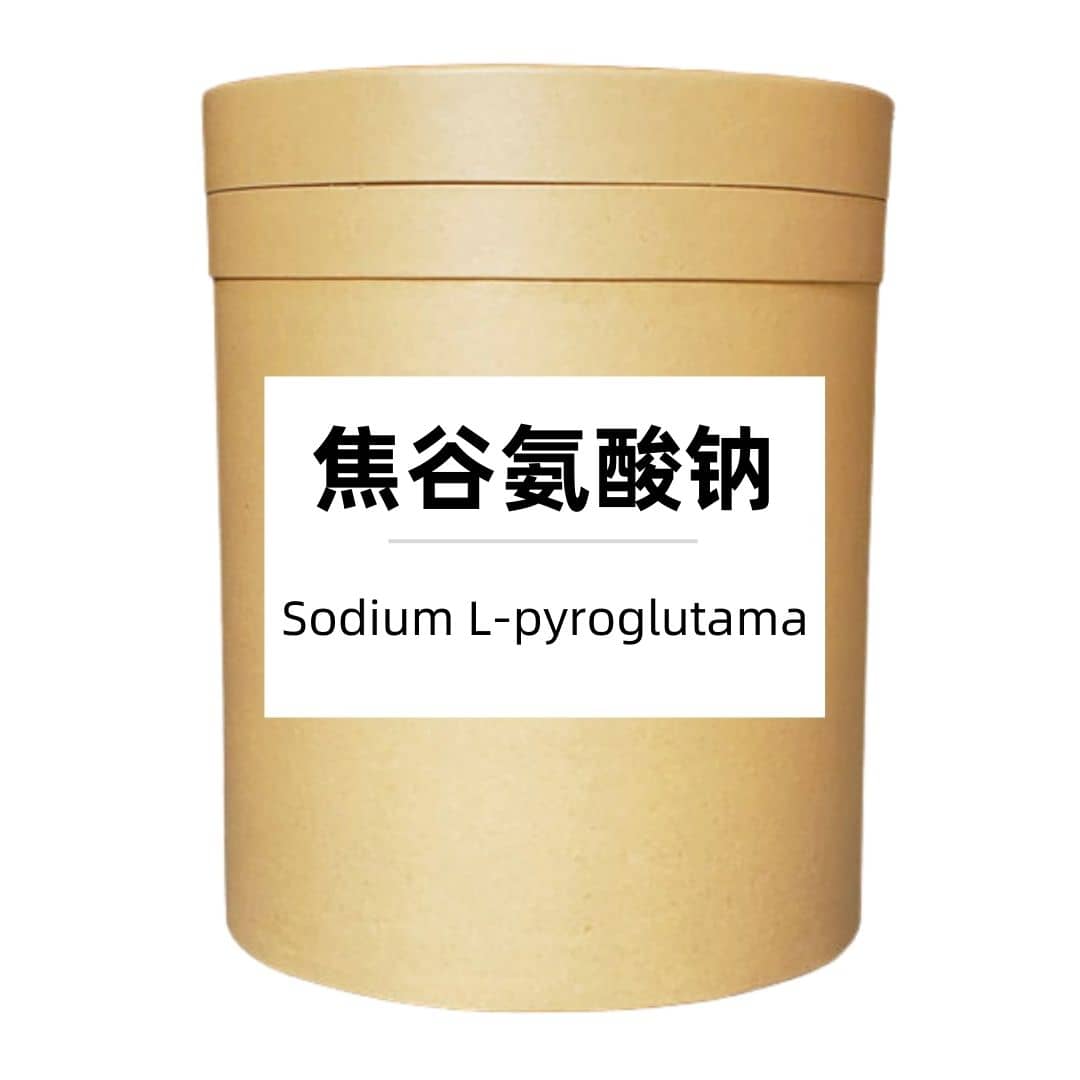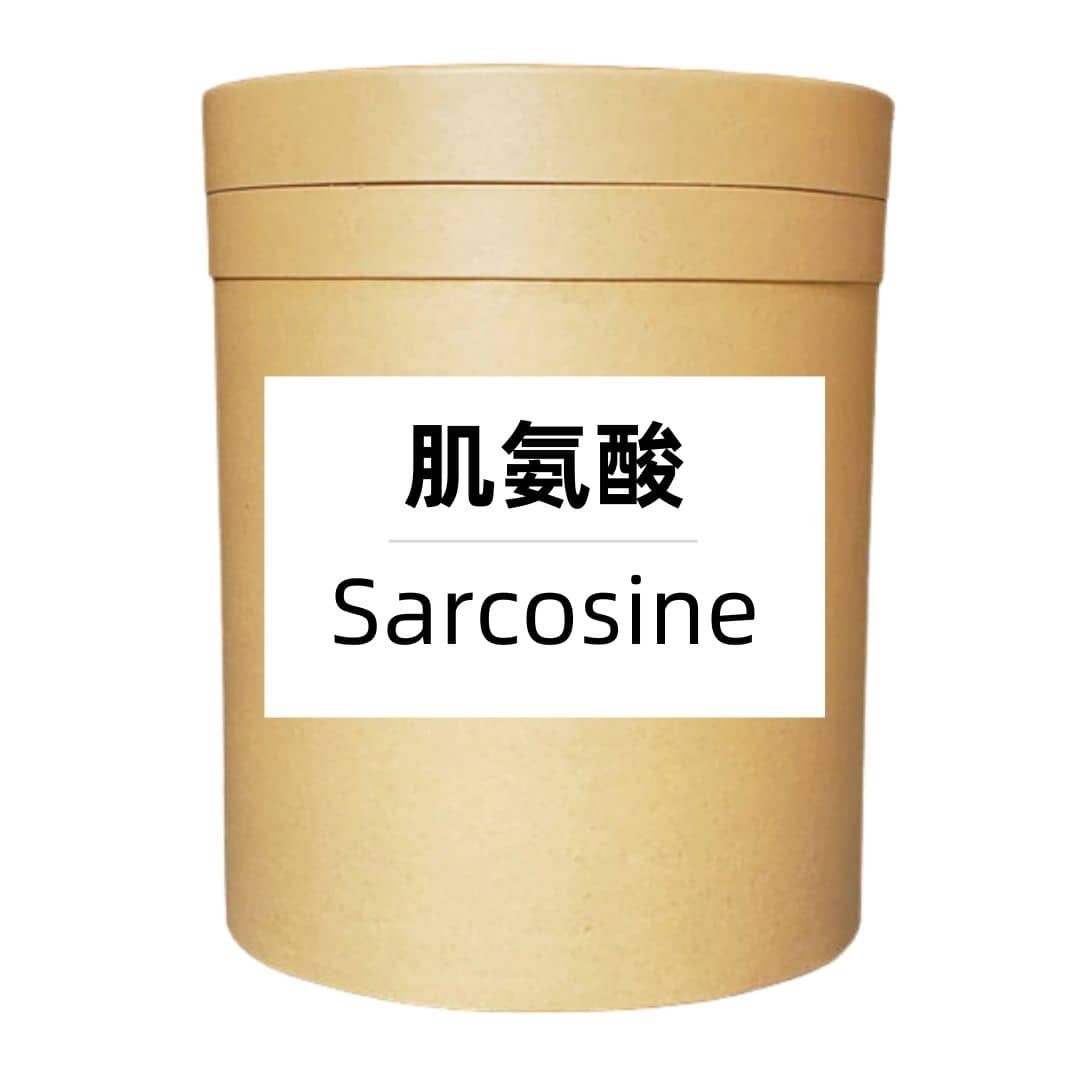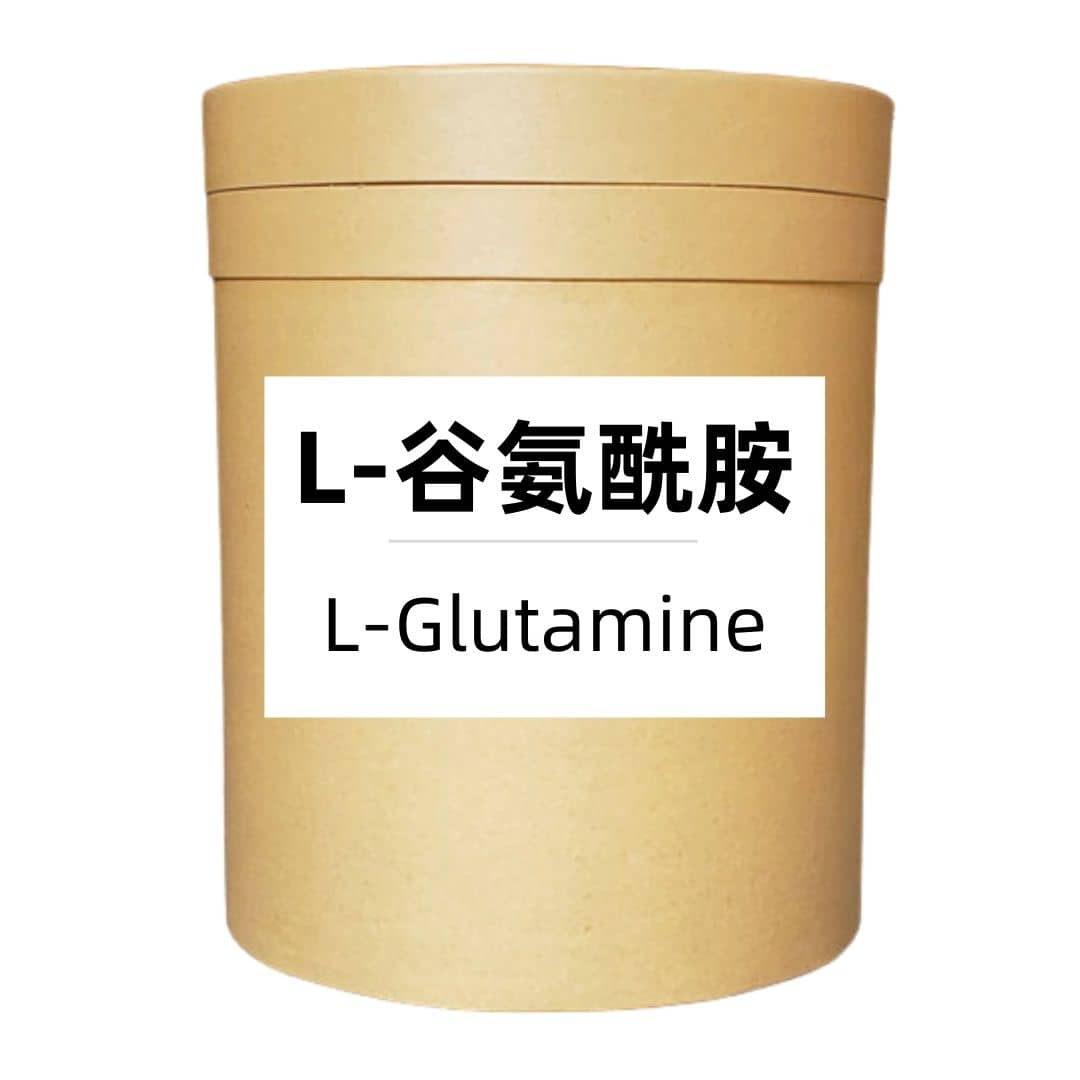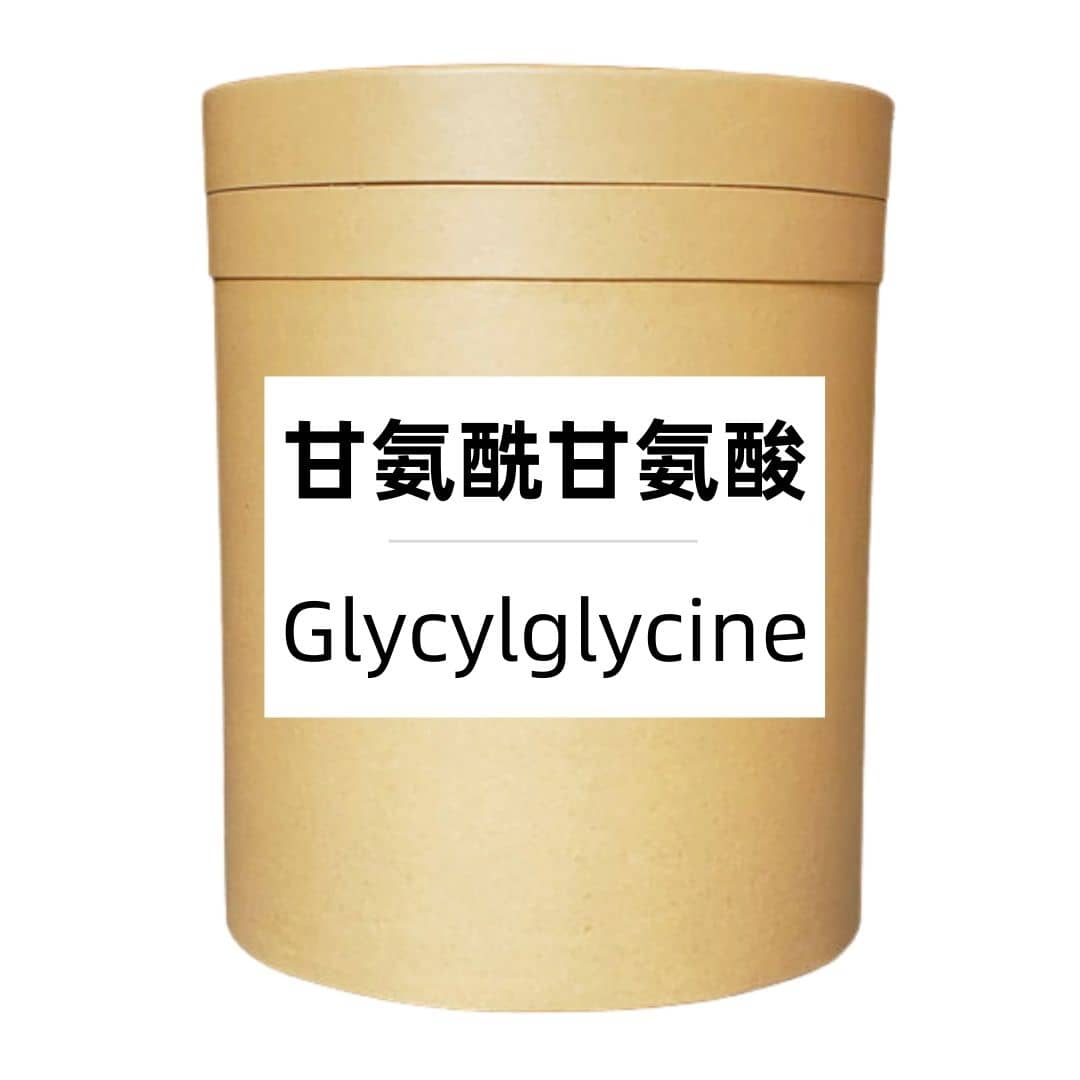Product Introduction
L-hydroxyproline is a derivative of the amino acid proline, distinguished by the presence of a hydroxyl group. This modification is vital for the stability and structure of collagen, which is the main structural protein in the body. The body produces L-hydroxyproline through the post-translational modification of proline residues within the collagen molecules. Its importance is highlighted in various biological processes, particularly in connective tissue structure and repair.
Production Process
L-hydroxyproline is synthetically produced through various chemical methods, often starting from proline. The compound undergoes hydroxylation, where a hydroxyl group is added to the proline structure. This synthetic process ensures high purity levels and consistency in product quality. The final product is then purified using techniques such as crystallization and filtration, followed by rigorous testing to ensure it meets industry standards.
Effects and Functions
L-hydroxyproline plays a crucial role in maintaining the structural integrity of collagen and elastin in the human body. It contributes to collagen stability by aiding in the formation of triple helix structures, which are essential for skin elasticity and joint health. Additionally, its presence helps in the healing processes of wounds and injuries due to its role in collagen synthesis. Research also indicates potential benefits for skin health, aiding hydration and reducing the appearance of aging.
Application Scenarios
L-hydroxyproline is widely used in the cosmetic industry, where it is incorporated into skincare formulations to enhance skin elasticity and hydration. It is also utilized in the food industry as a flavor enhancer and a stabilizer in gelatin products. In the health and wellness sector, L-hydroxyproline can be found in dietary supplements aimed at improving joint health and supporting tissue repair. Its application extends to pharmaceuticals, where it may be included in formulations that promote healing and recovery.
Packaging and Storage
Storage Conditions: The product should be sealed, protected from light, kept away from high temperatures, and stored in a dry, cool, and well-ventilated place.
Packaging: Bulk packaging consists of 25 kg per fiber drum, while samples are typically packaged as 1 kg per aluminum foil bag. Custom packaging options are available upon request.
Shipping Methods: L-hydroxyproline can be shipped through FedEx, DHL, dedicated logistics, and sea freight consolidation to ensure timely delivery.
Shelf Life: The shelf life of L-hydroxyproline is two years, provided it is stored under the recommended conditions.
Monica Sun possesses extensive technical expertise and market insights in the food additives industry. She excels in designing efficient and safe additive formulations tailored to various food applications, ranging from sweeteners to functional dietary fibers. Monica has successfully assisted food manufacturers in optimizing ingredient combinations to enhance product quality and improve consumer satisfaction.









